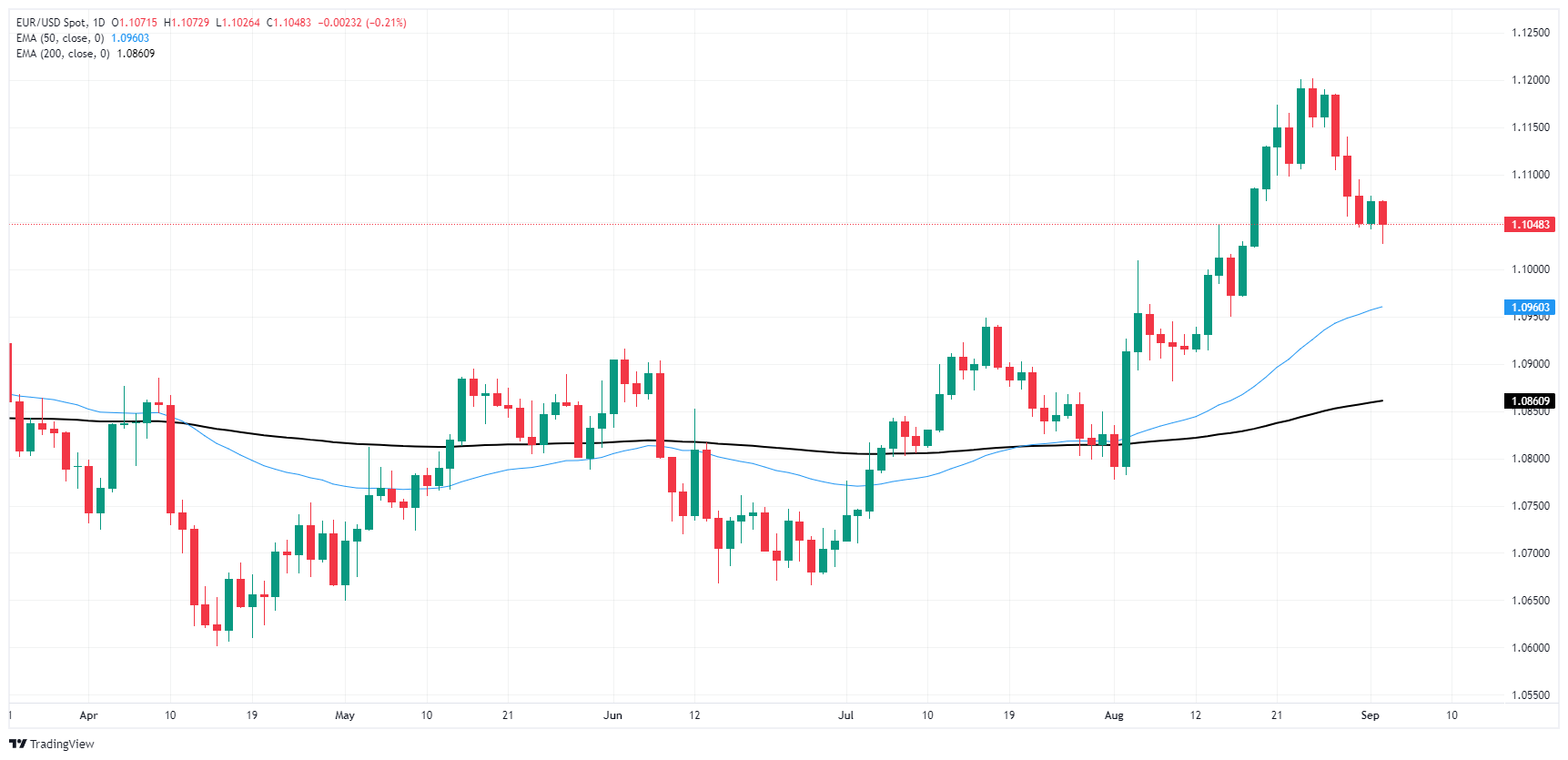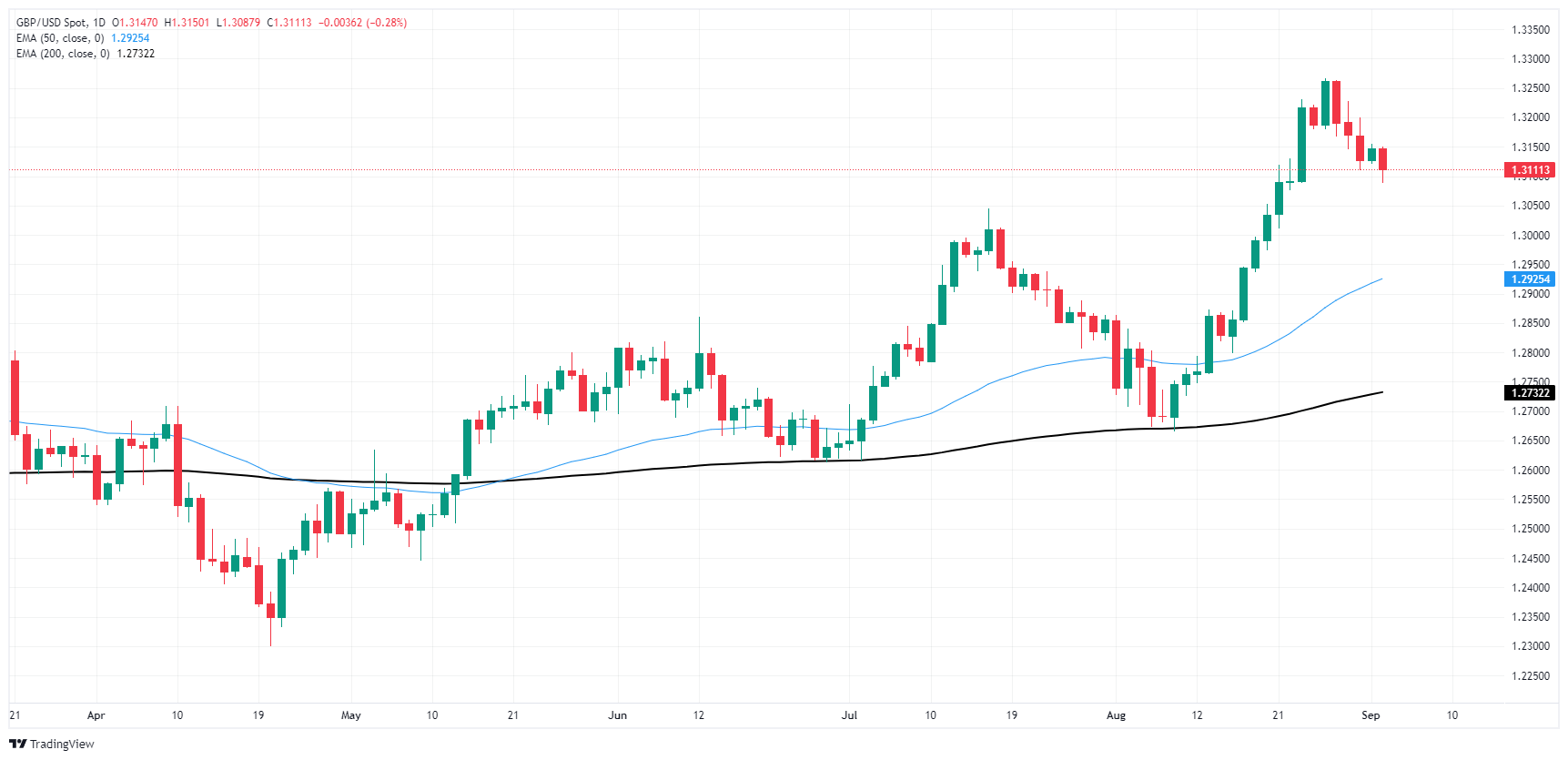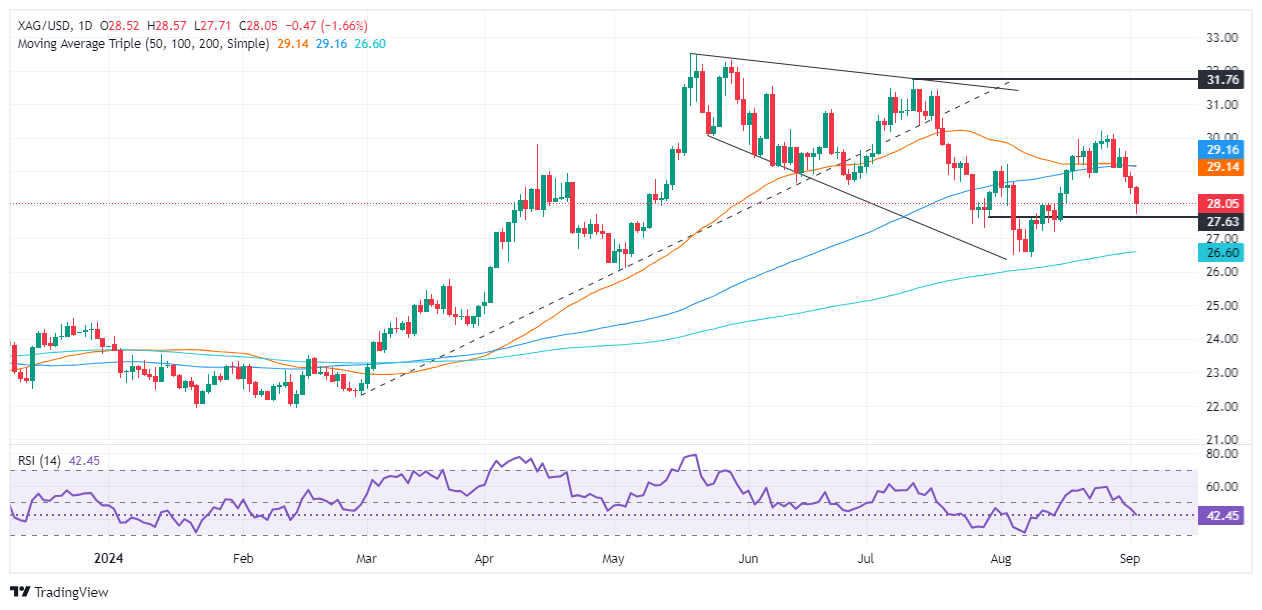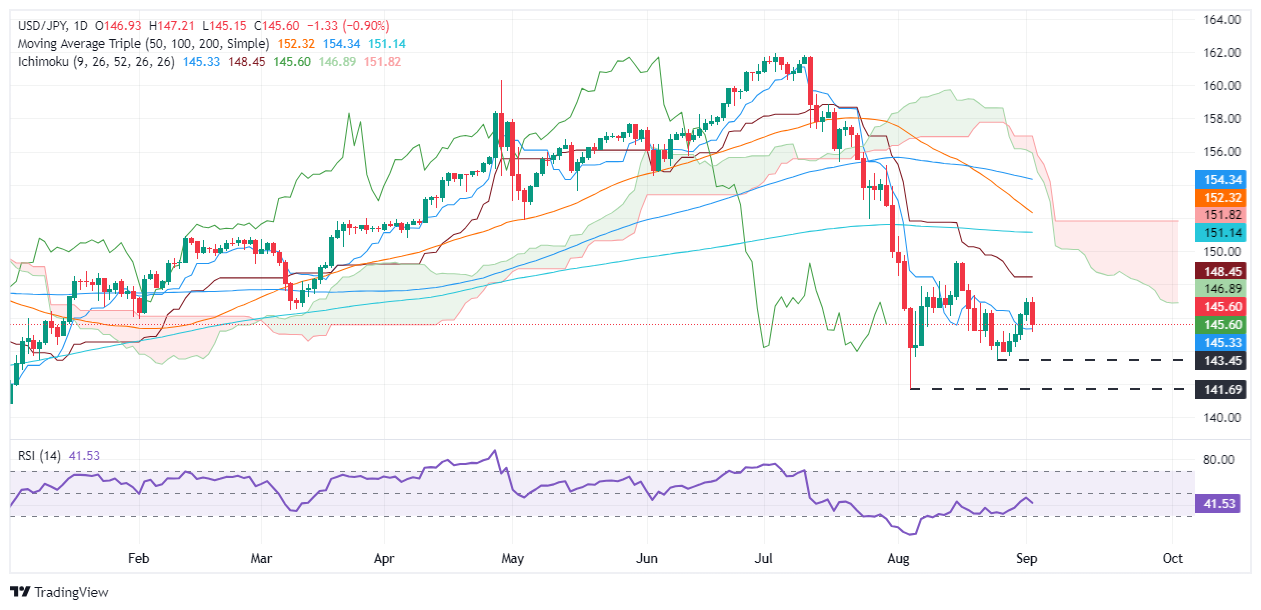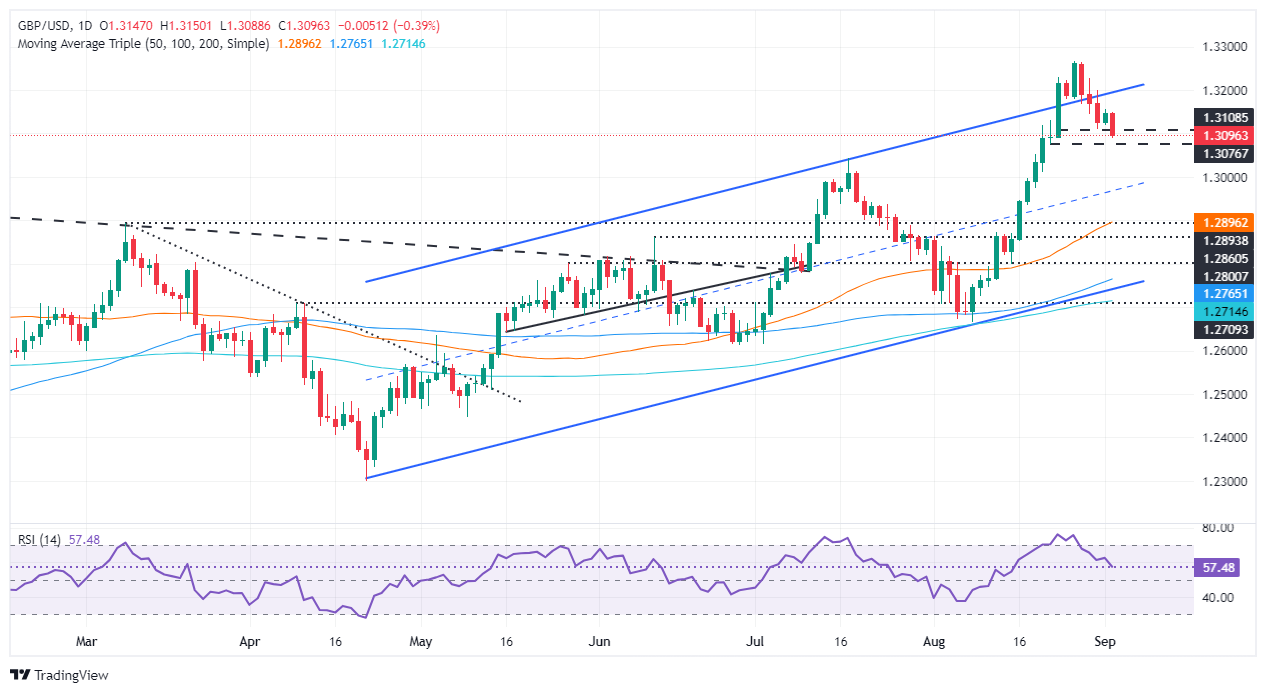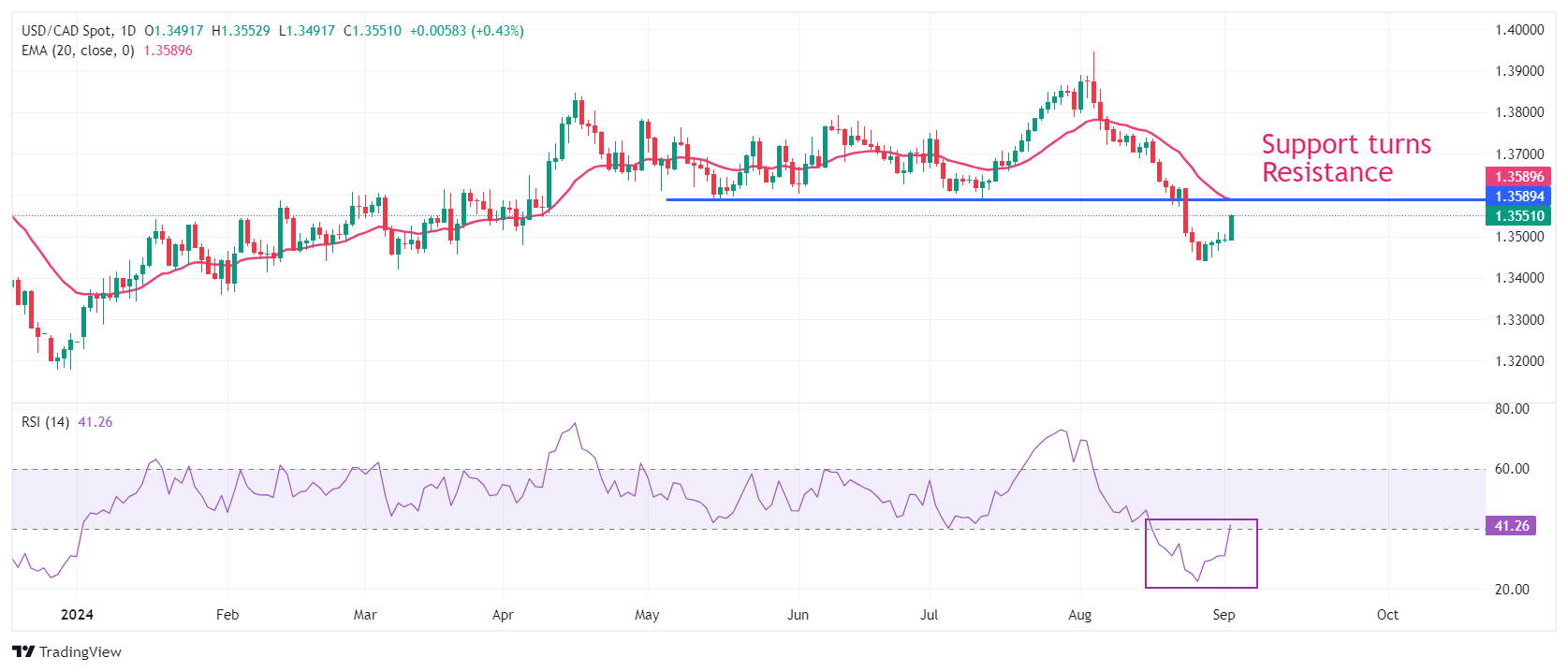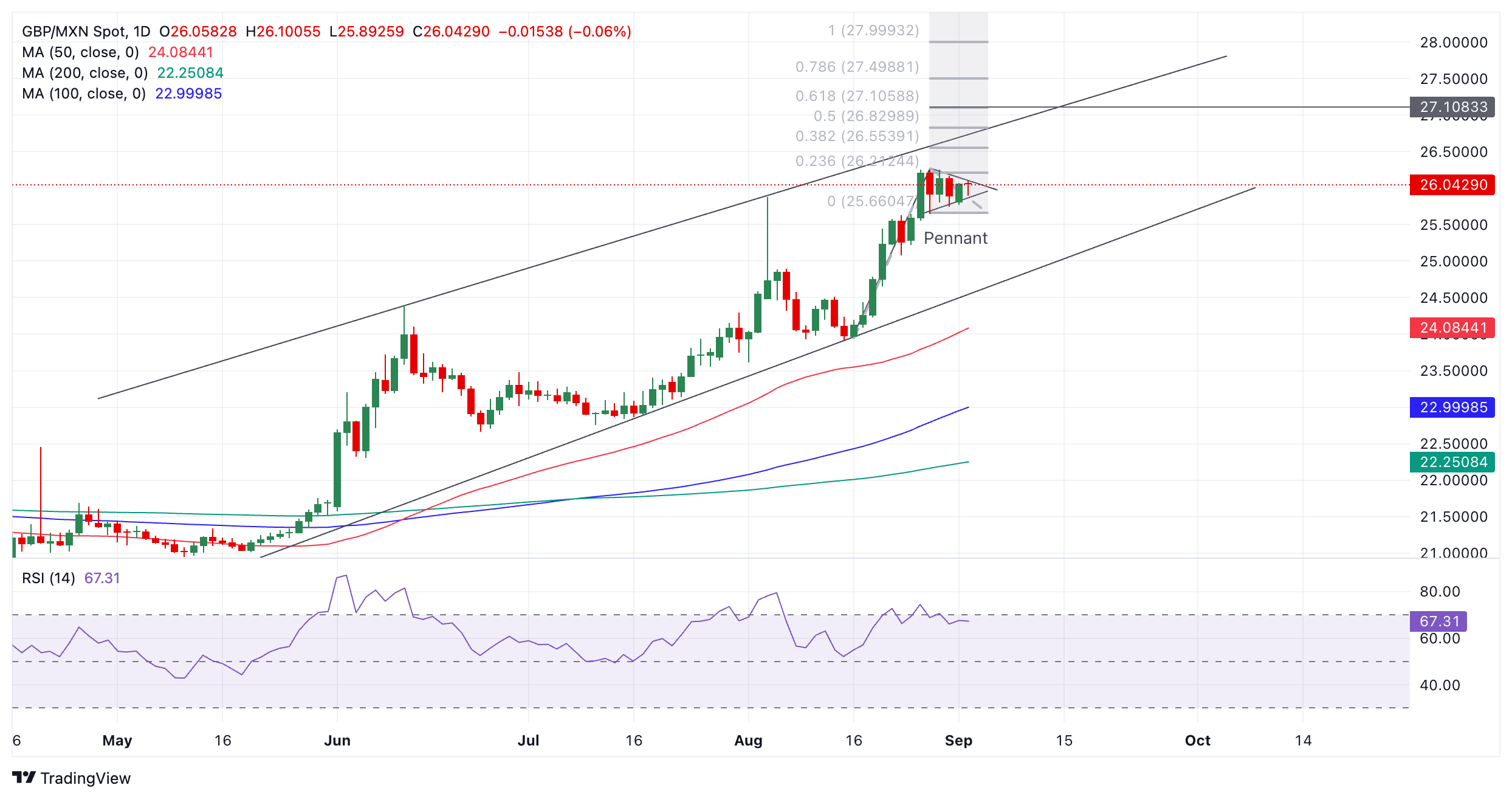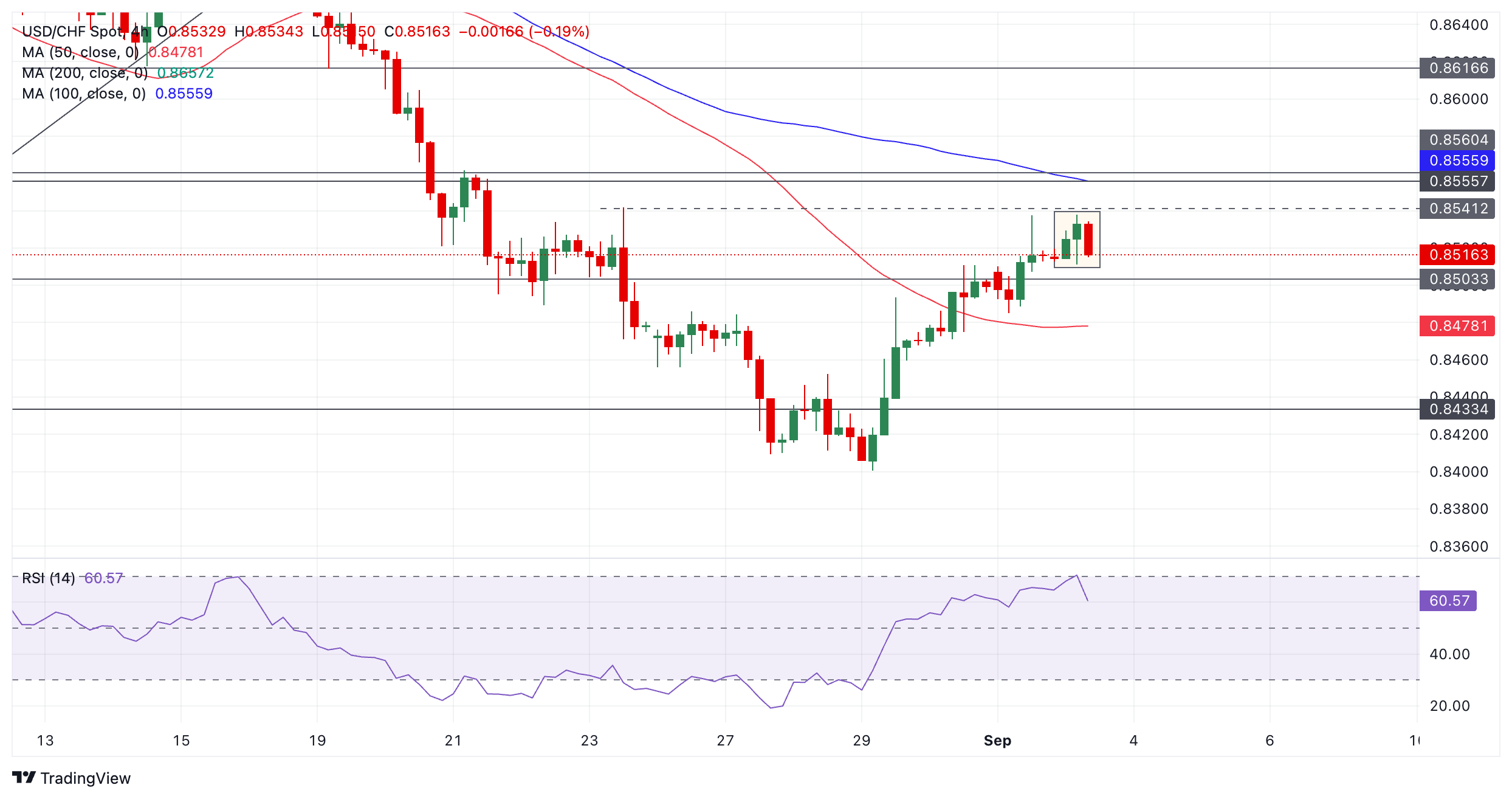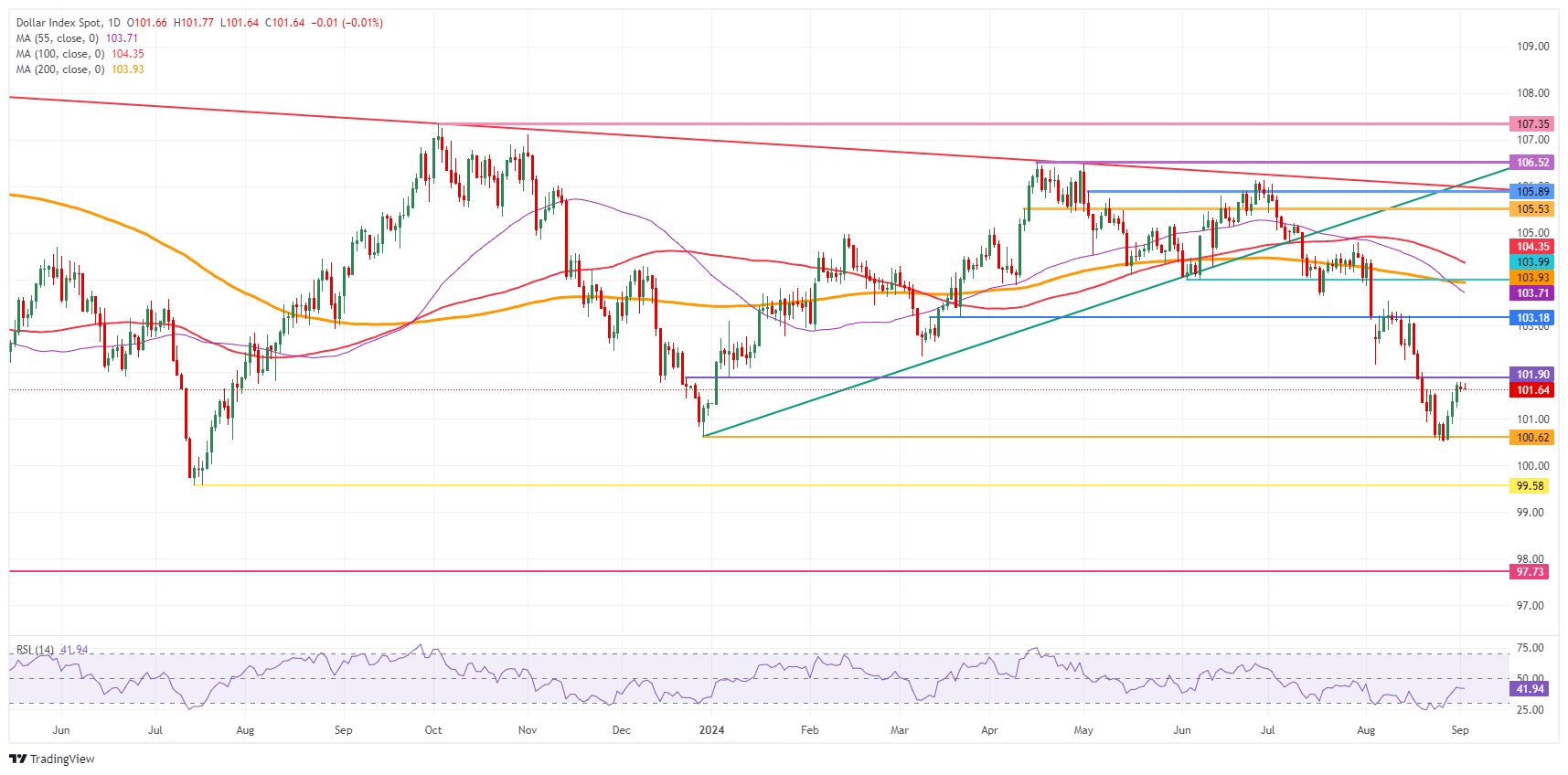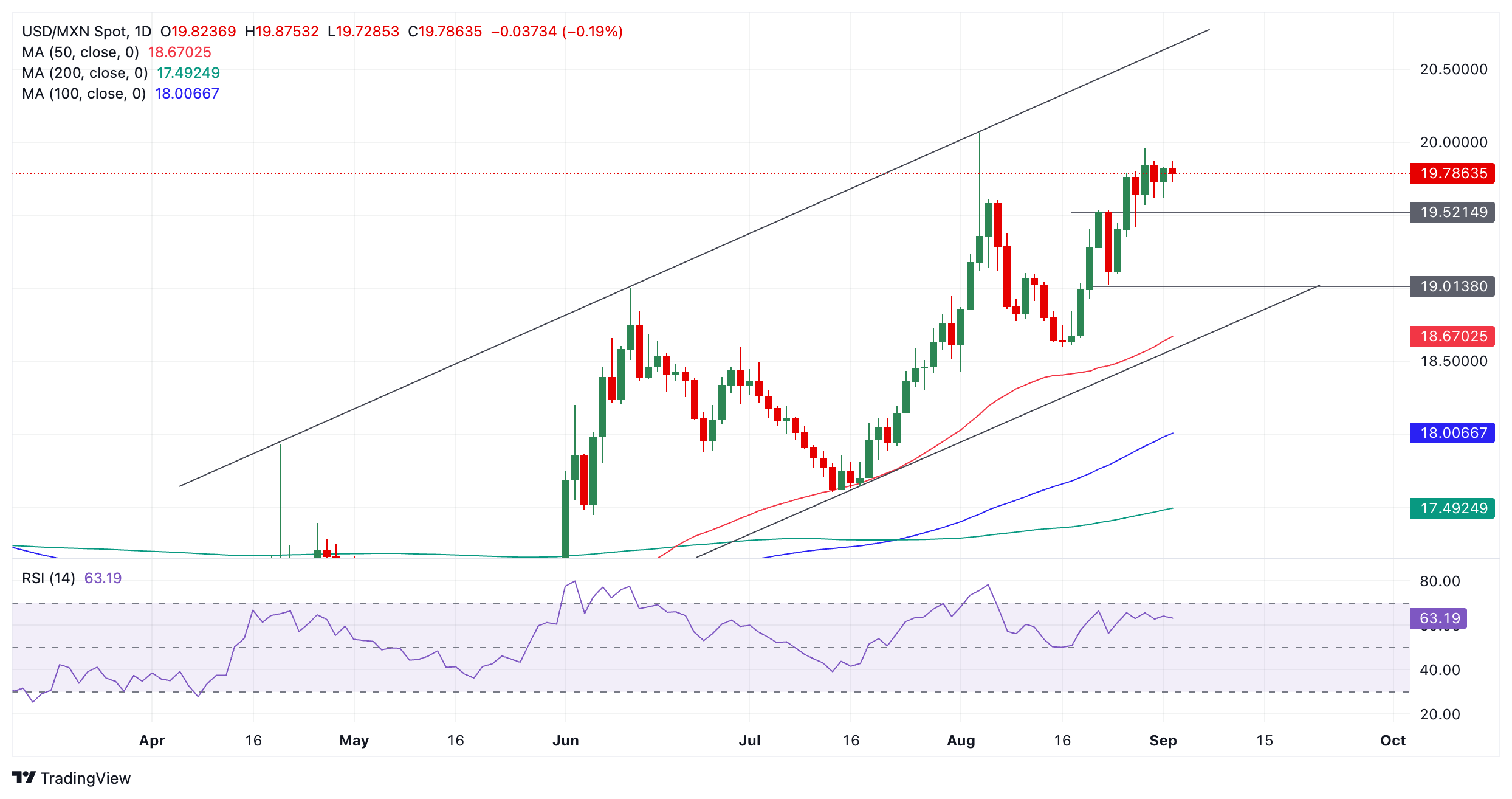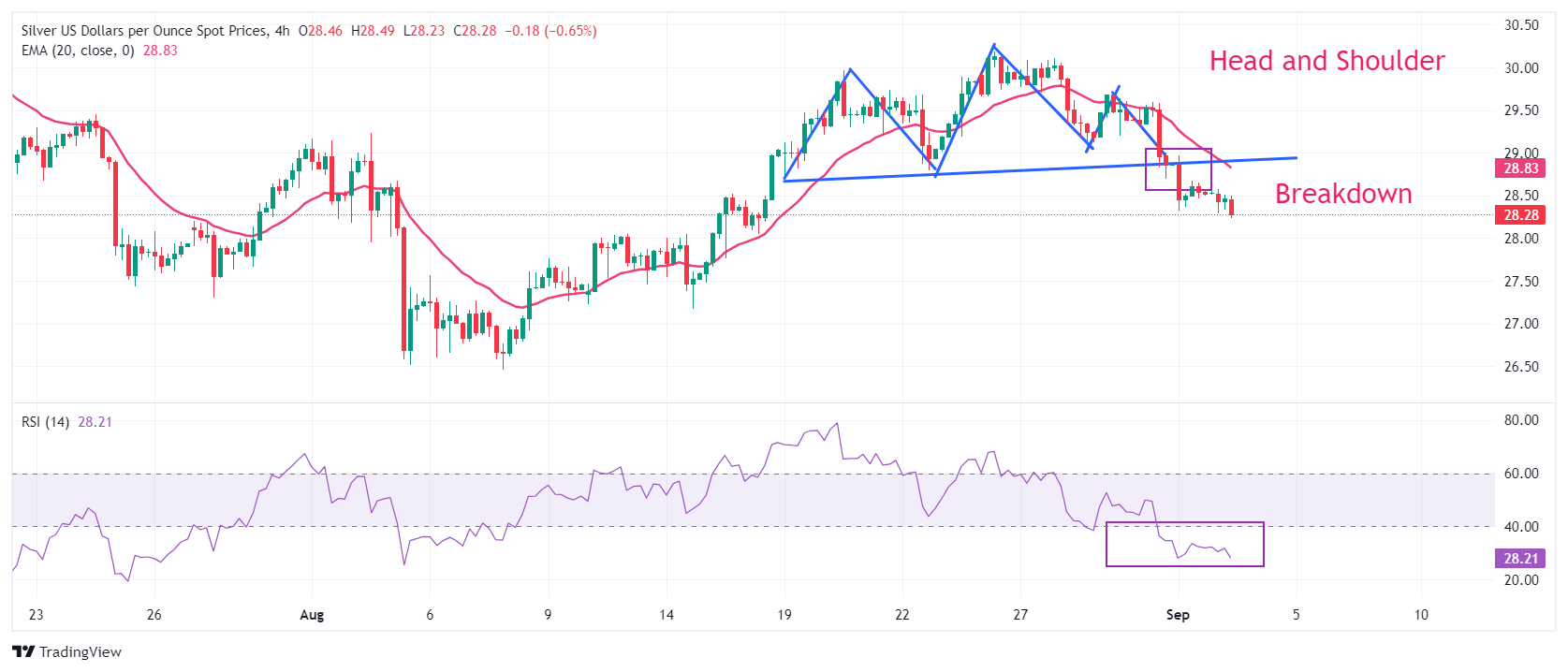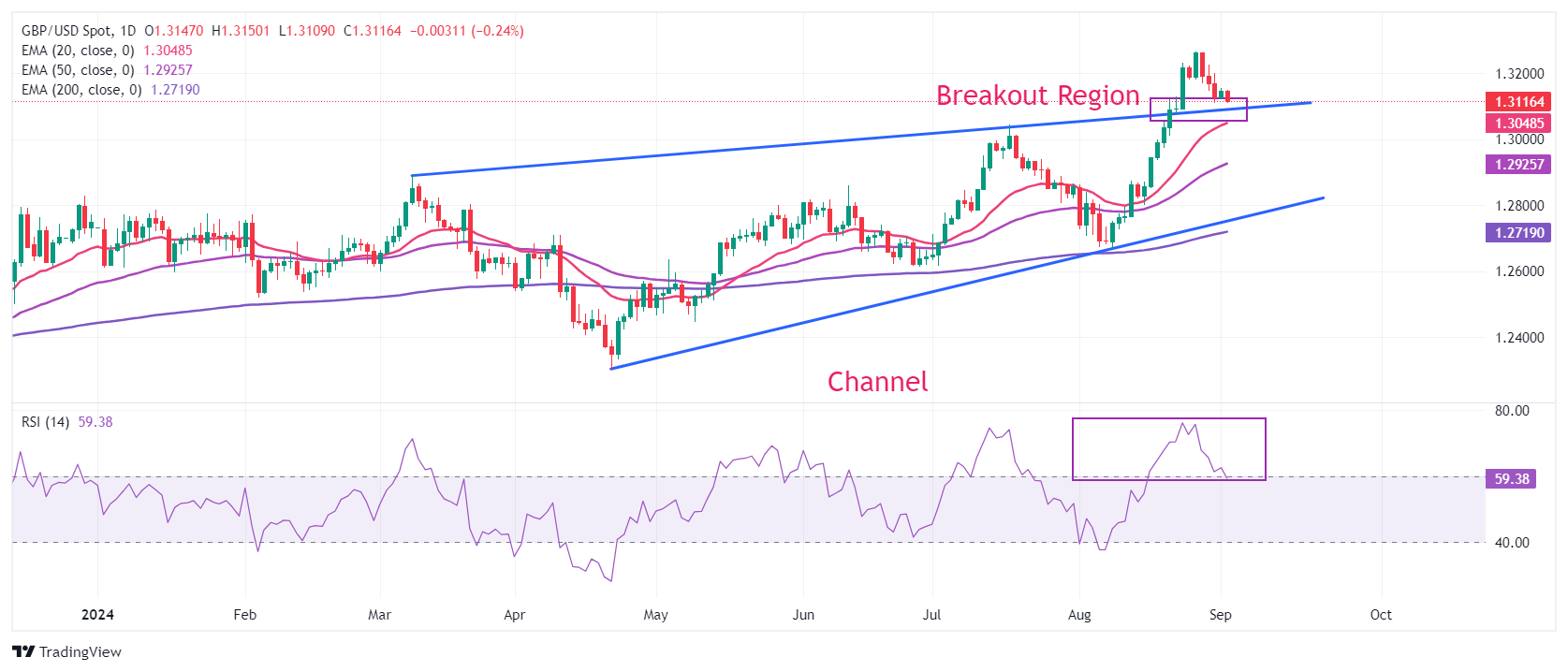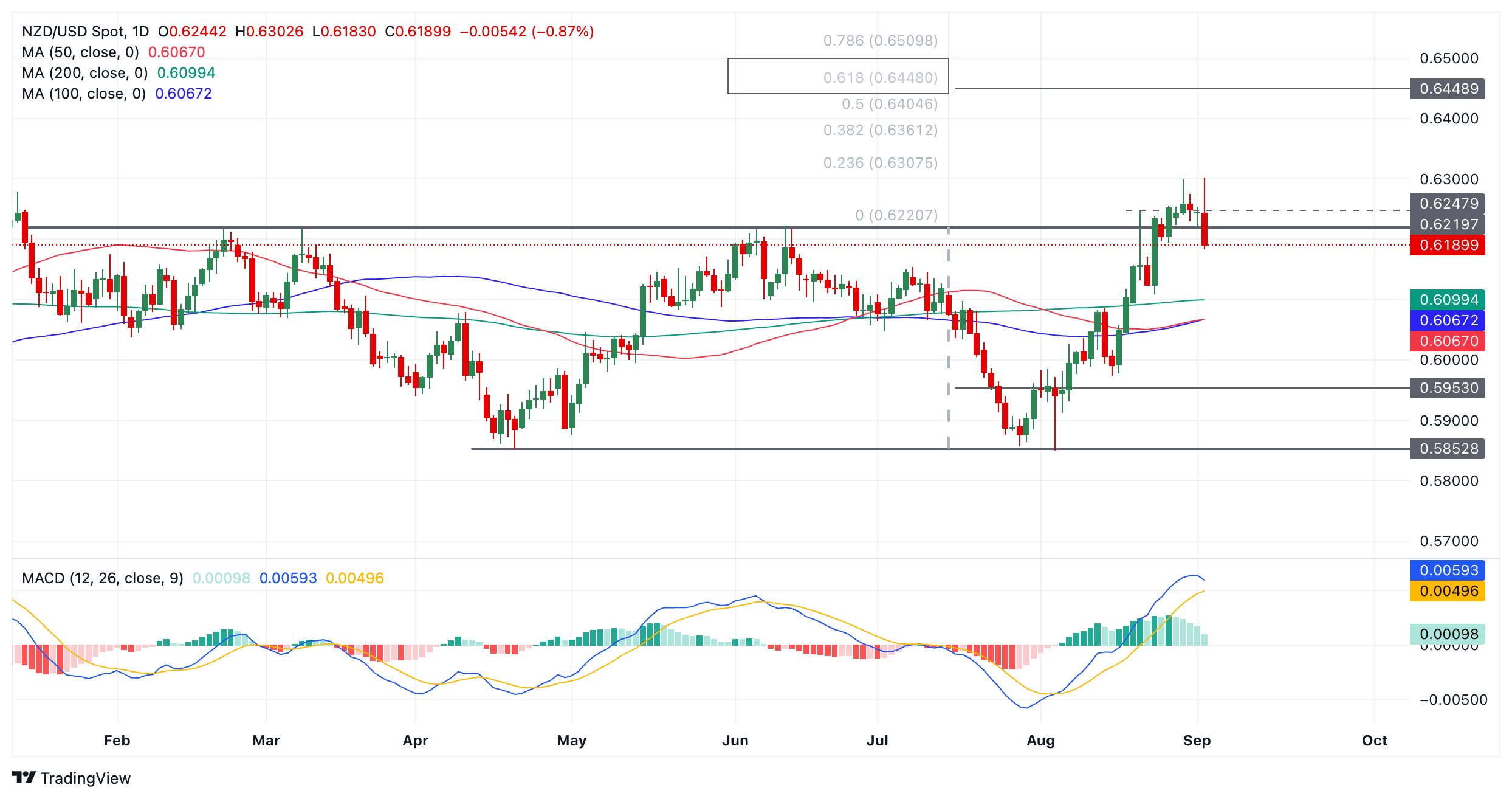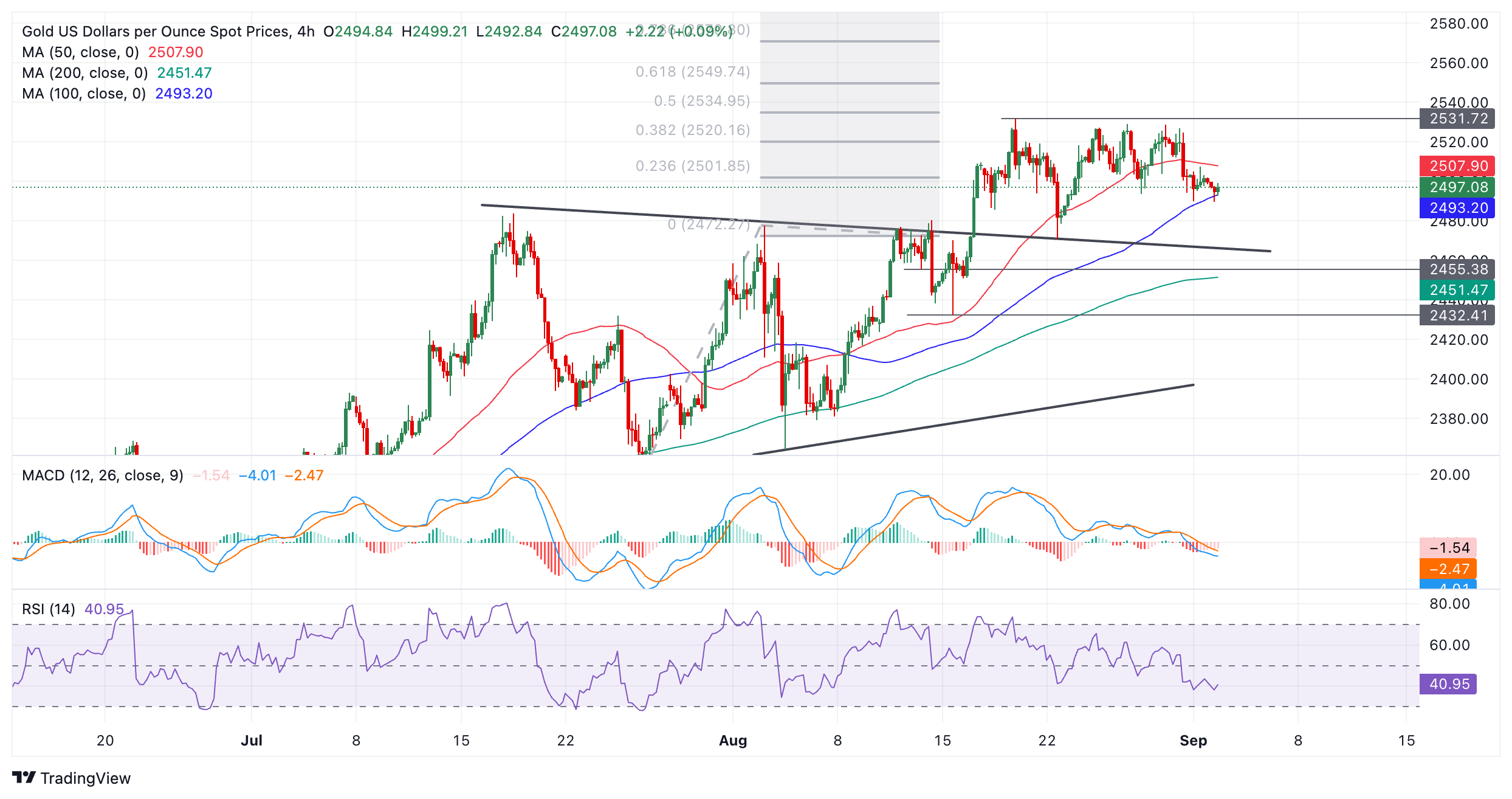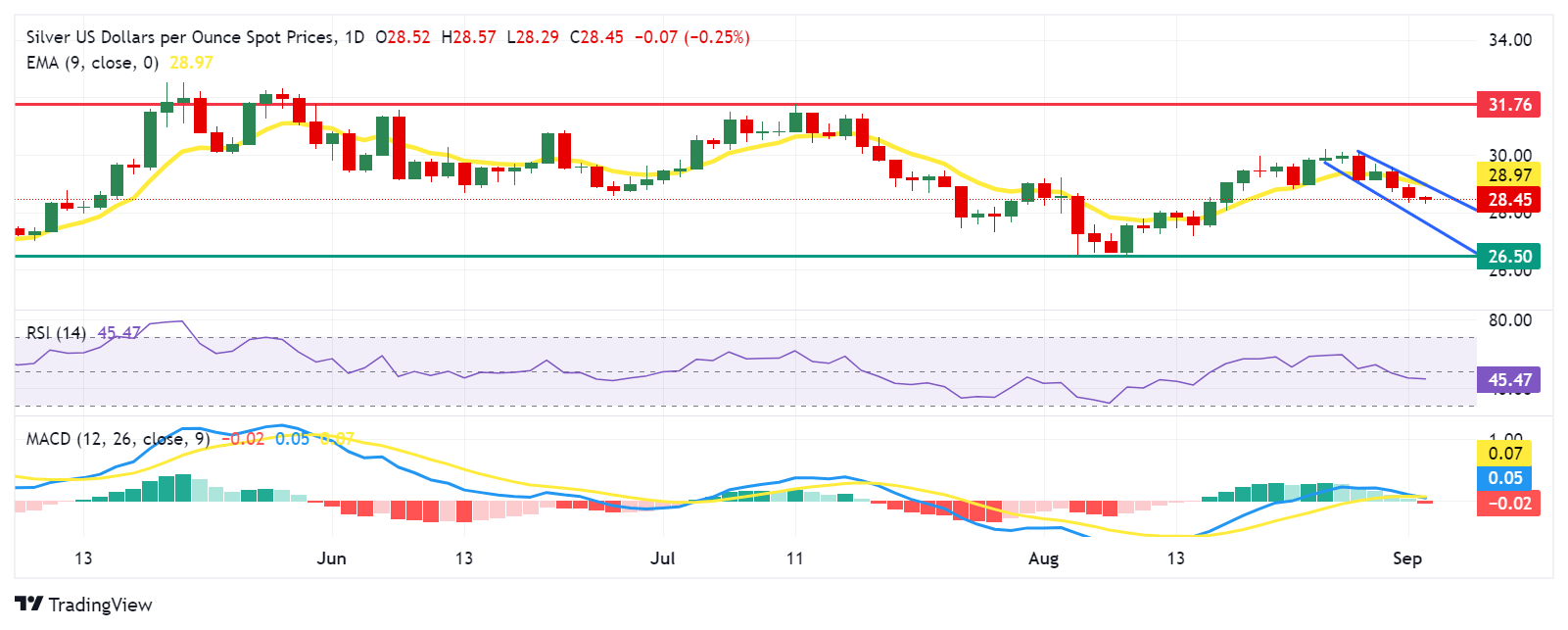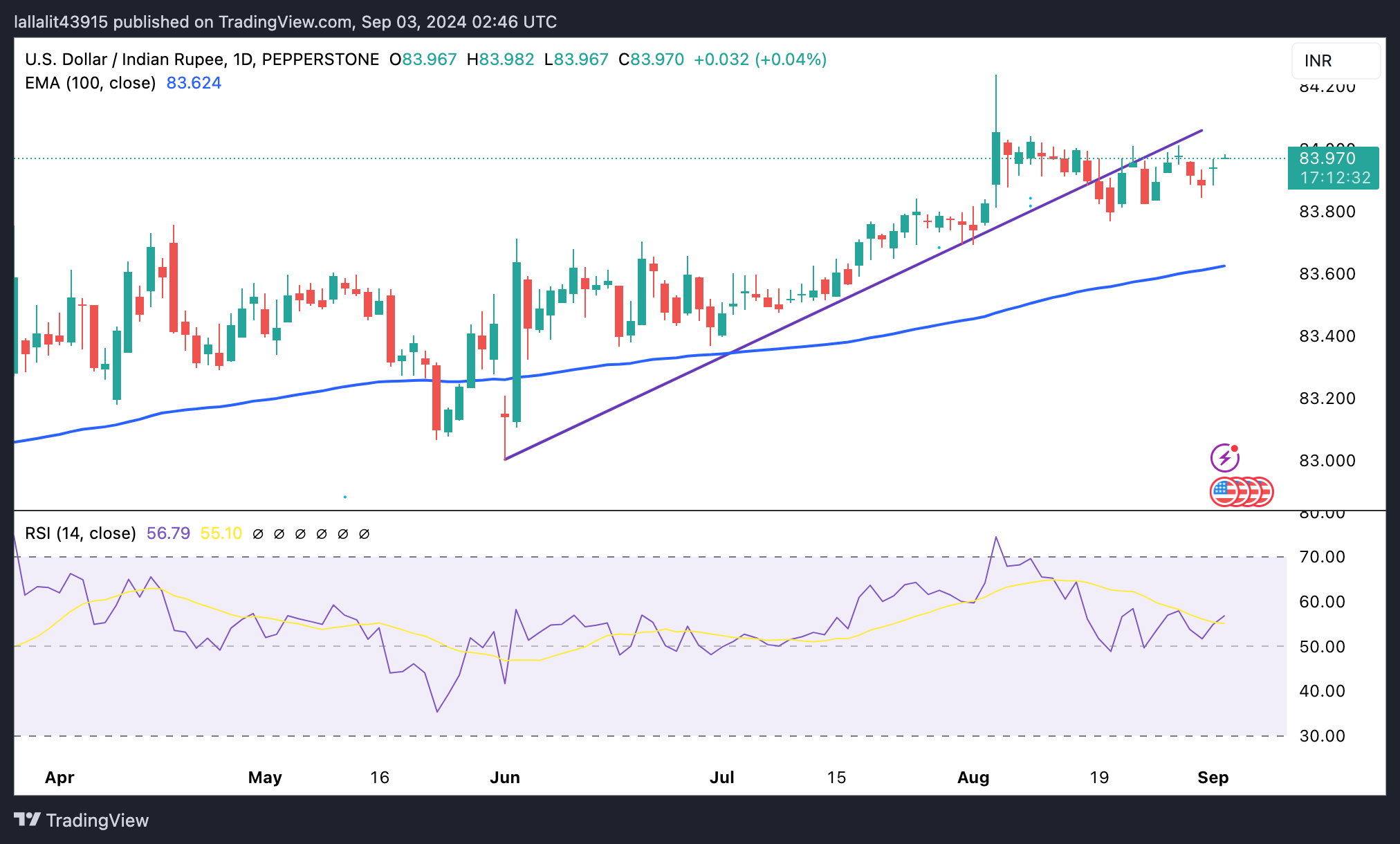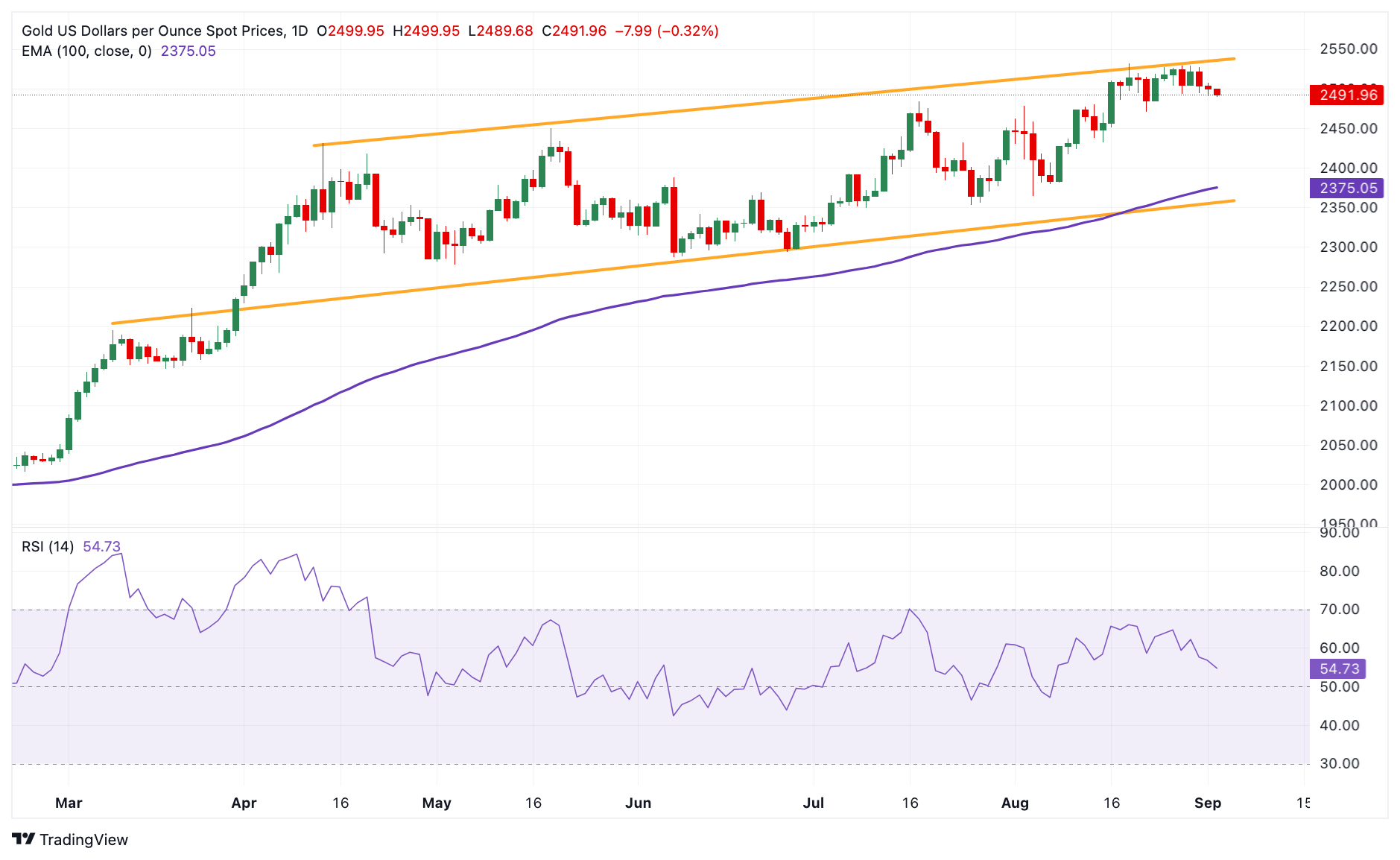- Analytics
- News and Tools
- Market News
CFD Markets News and Forecasts — 03-09-2024
- AUD/USD trades with mild gains around 0.6715 in Wednesday’s early Asian session.
- Australian Services PMI rose to 52.5 in August vs. 52.2 prior, better than estimated.
- Traders raised their bets on a more aggressive rate cut after the weaker US Manufacturing PMI data.
The AUD/USD pair gains traction near 0.6715 during the early Asian session on Wednesday. The upbeat Australian August Purchasing Managers Index (PMI) provides some support to the Australian Dollar (AUD). However, traders will take more cues from Australia’s Gross Domestic Product (GDP) for the second quarter, which is due Wednesday.
Data released by the Judo Bank and S&P Global on Wednesday showed that the country’s Services PMI came in stronger than expected, rising to 52.5 in August from 52.2 in July. Meanwhile, the Composite PMI improved to 51.7 in August, better than the estimation and the previous reading of 51.4.
Investors will closely watch the Australian GDP growth number, which is expected to grow 0.3% QoQ in the second quarter (Q2) of the year and 1% in the twelve months to June. The stronger-than-estimated GDP could boost the Aussie, while the weaker reading could trigger speculation the Reserve Bank of Australia (RBA) to cut interest rates and might weigh on the AUD.
The US ISM Manufacturing PMI registered the lowest reading since November. The figure rose to 47.2 in August from 46.8 in July, but below the market consensus of 47.5. The weaker reading raised the probability the Federal Reserve (Fed) will cut the interest rate by at least a quarter percentage point later this month.
Traders raised the chance of a more aggressive half-point reduction to 39%, up from 31% before the US ISM Manufacturing PMI report, according to the CME Group’s FedWatch measure. The US ISM Services PMI will be released on Thursday, which is projected to ease to 51.4 in August from 51.1 in July. On Friday, the attention will shift to the US Nonfarm Payrolls (NFP) report for August.
Australian Dollar FAQs
One of the most significant factors for the Australian Dollar (AUD) is the level of interest rates set by the Reserve Bank of Australia (RBA). Because Australia is a resource-rich country another key driver is the price of its biggest export, Iron Ore. The health of the Chinese economy, its largest trading partner, is a factor, as well as inflation in Australia, its growth rate and Trade Balance. Market sentiment – whether investors are taking on more risky assets (risk-on) or seeking safe-havens (risk-off) – is also a factor, with risk-on positive for AUD.
The Reserve Bank of Australia (RBA) influences the Australian Dollar (AUD) by setting the level of interest rates that Australian banks can lend to each other. This influences the level of interest rates in the economy as a whole. The main goal of the RBA is to maintain a stable inflation rate of 2-3% by adjusting interest rates up or down. Relatively high interest rates compared to other major central banks support the AUD, and the opposite for relatively low. The RBA can also use quantitative easing and tightening to influence credit conditions, with the former AUD-negative and the latter AUD-positive.
China is Australia’s largest trading partner so the health of the Chinese economy is a major influence on the value of the Australian Dollar (AUD). When the Chinese economy is doing well it purchases more raw materials, goods and services from Australia, lifting demand for the AUD, and pushing up its value. The opposite is the case when the Chinese economy is not growing as fast as expected. Positive or negative surprises in Chinese growth data, therefore, often have a direct impact on the Australian Dollar and its pairs.
Iron Ore is Australia’s largest export, accounting for $118 billion a year according to data from 2021, with China as its primary destination. The price of Iron Ore, therefore, can be a driver of the Australian Dollar. Generally, if the price of Iron Ore rises, AUD also goes up, as aggregate demand for the currency increases. The opposite is the case if the price of Iron Ore falls. Higher Iron Ore prices also tend to result in a greater likelihood of a positive Trade Balance for Australia, which is also positive of the AUD.
The Trade Balance, which is the difference between what a country earns from its exports versus what it pays for its imports, is another factor that can influence the value of the Australian Dollar. If Australia produces highly sought after exports, then its currency will gain in value purely from the surplus demand created from foreign buyers seeking to purchase its exports versus what it spends to purchase imports. Therefore, a positive net Trade Balance strengthens the AUD, with the opposite effect if the Trade Balance is negative.
© 2000-2025. All rights reserved.
This site is managed by Teletrade D.J. LLC 2351 LLC 2022 (Euro House, Richmond Hill Road, Kingstown, VC0100, St. Vincent and the Grenadines).
The information on this website is for informational purposes only and does not constitute any investment advice.
The company does not serve or provide services to customers who are residents of the US, Canada, Iran, The Democratic People's Republic of Korea, Yemen and FATF blacklisted countries.
Making transactions on financial markets with marginal financial instruments opens up wide possibilities and allows investors who are willing to take risks to earn high profits, carrying a potentially high risk of losses at the same time. Therefore you should responsibly approach the issue of choosing the appropriate investment strategy, taking the available resources into account, before starting trading.
Use of the information: full or partial use of materials from this website must always be referenced to TeleTrade as the source of information. Use of the materials on the Internet must be accompanied by a hyperlink to teletrade.org. Automatic import of materials and information from this website is prohibited.
Please contact our PR department if you have any questions or need assistance at pr@teletrade.global.
